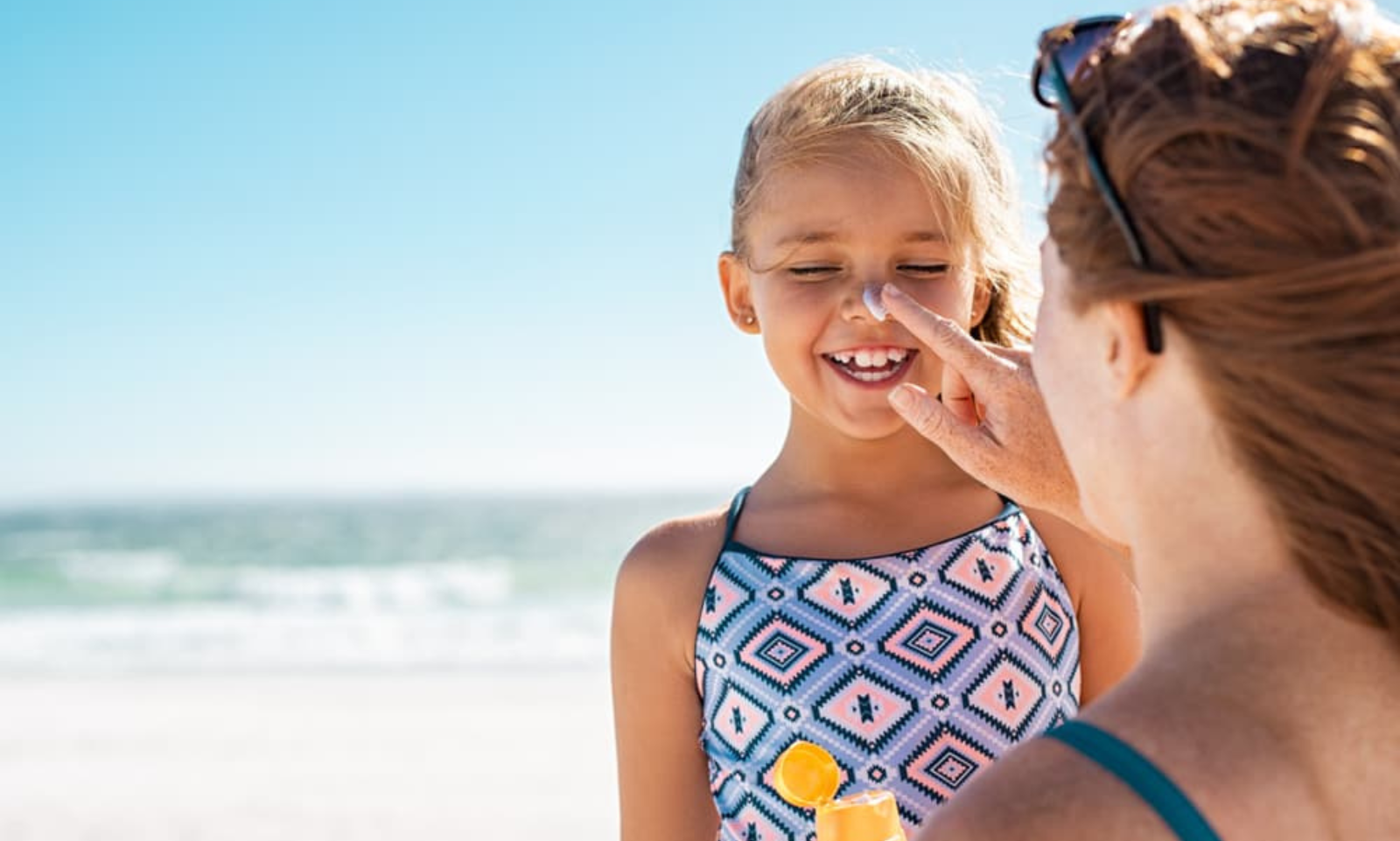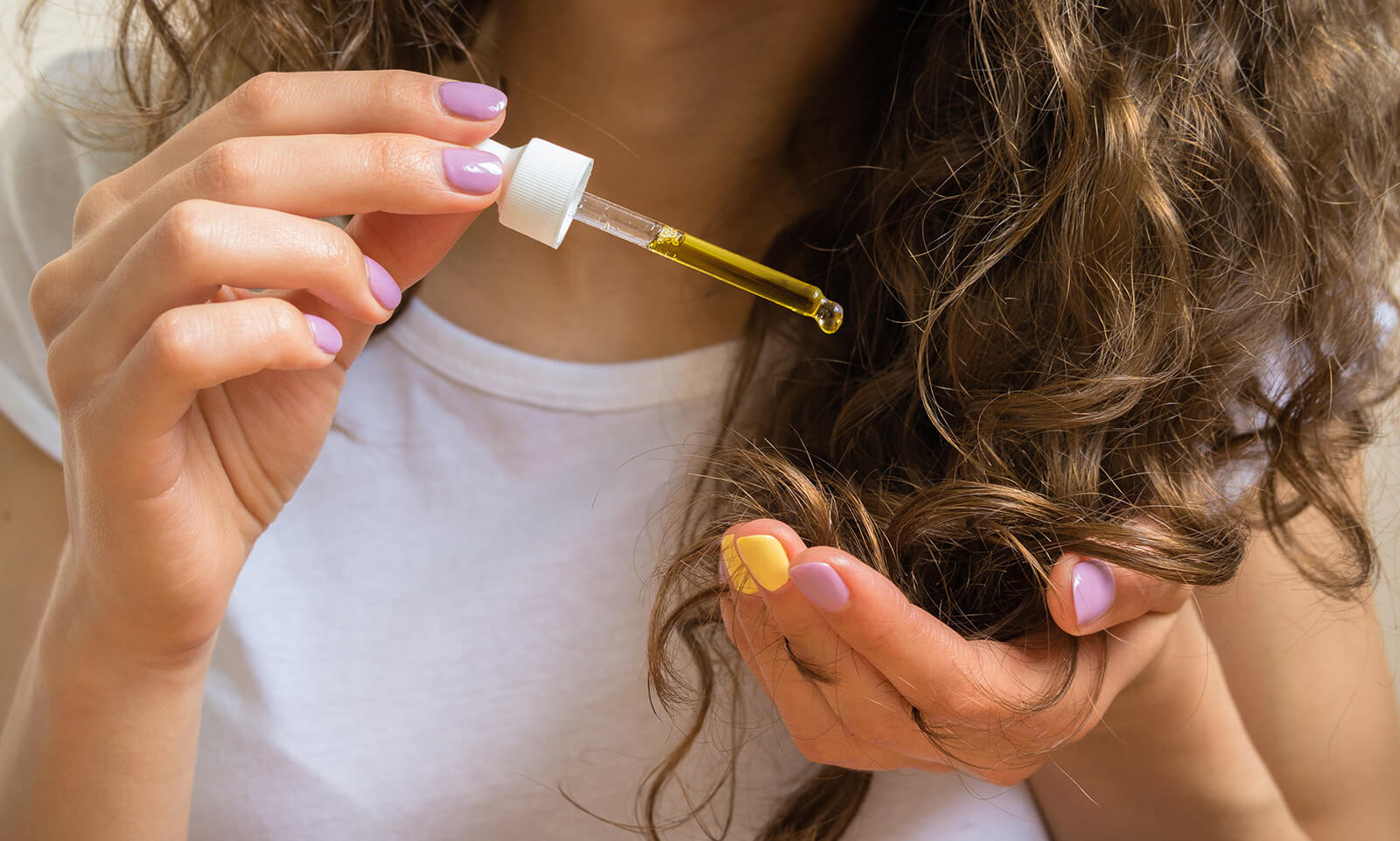Being out in the sun is lovely and great for boosting our energy levels and releasing endorphins, but we also have to be careful of it and make sure it doesn’t turn into an unpleasant experience, particularly when it comes to the health of our children.
First of all, let’s take a close look at the benefits sunshine can have for our children:
- It stimulates the body to produce vitamin D, essential for absorbing calcium and strengthening the bones.
- It helps to regulate the sleep-wake cycle
- It improves mood, acting on a number of biological mechanisms
- It helps cure some skin conditions, such as atopic dermatitis and psoriasis
Bear in mind that, conversely, children’s bodies are not able to properly produce melanin, the substance in our body that is activated when we go out in the sun.
Their skin is thinner than adults’ skin and is therefore more sensitive to the harmful effects of UV rays; in addition, children can become dehydrated more easily because of their inferior thermoregulation capabilities.
Finally, it is important to remember that sunburns suffered in childhood can increase the risk of developing skin cancer as an adult.
Now let’s take a close look at:
- How to protect children’s skin from the sun
- Which sun creams to choose
- When and how to apply sun creams
Let’s start with a few simple tips for protecting our children from sunburn on the beach, in town and in the mountains:
- The sun is stronger in the mountains but also when there are surfaces that reflect its rays, such as water and snow
- Never expose babies to the sun, at least not until they are 6-9 months old
- Ideally, small children should always wear a hat, sunglasses and, whenever possible, t-shirts that at least partially cover their body from the sun.
- Be careful when the sky is cloudy or hazy, or when it is windy; in these situations the sun seems to be less hot and it is very easy to go red or get burned
- Apply sun cream not just in the mountains or on the beach but whenever the children are outdoors (even in the shade)
- Avoid exposure to the sun during the middle of the day, typically between midday and 4 p.m.
- Expose children to the sun gradually, increasing the time they spend in the sun day by day
- Always use sun creams with a protection factor of at least 50, both for UVB and UVA rays; reapply every two hours or after swimming or heavy sweating

Now let’s have a look at the most suitable sun creams for children.
It is fairly logical that one key characteristic of sun creams must be their water resistance, particularly if they are used at the beach or by the pool or if your child sweats heavily while playing.
We all know that children are very lively and will want to feel free to spend as much time as possible playing on the shore, with their friends or parents, and in the sea.
For all these reasons it is best to choose a water-resistant sunscreen. These products create a water-repellent effect on the skin, meaning that the sun cream doesn’t come off when it gets wet.
Incidentally, you will doubtless have noticed how some children are much more bronzed than adults, proof that high factor sun care products allow their skin to tan in total safety.
Another important characteristic is that children’s sun cream contains physical filters, such as zinc oxide, with a high SPF of at least 50+, as mentioned above, and protects from both UVA and UVB rays.
It is also better to use delicate sun care products, preferably hypoallergenic and dermatologically tested.
As we all know, there are lots of types of sun care products: the classic sun cream, sun milk which can come as a fluid or spray, but also others. All of these types are suitable for children so let’s take a look at them in more detail:
- Sun cream or milk. One of the most common sun care products used by parents, they are quite thick and sometimes oily. Sun cream is quite thick and dense compared to other products. The advantage is that they are easily visible on the skin and this is one of the safest types of sunscreen.
- Sun spray. Although this is definitely the easiest type of product to apply, it doesn’t always effectively protect children’s skin, even if it comes with a high SPF. You should therefore test it and evaluate.
- Sun stick. Very useful for protecting some specific areas, such as the lips, nose, ears and other delicate zones of the body and face. To be used on quite small areas of skin.
- Sun gel. One of the most recent types of sun care product, it is easy to apply and more suitable for children of over 3. It has a more fluid texture than sun cream or milk.
It is important to remember that children with darker skin should also use products with an SPF of at least 50+: these will enable them to tan but in a healthy way, avoiding burns and redness.
Their skin is more sensitive and reactive to the sun than adult skin and should therefore be protected with higher factors; remember that creams with high factors are also a bit more difficult to apply because they are thicker and stickier than those with lower factors.
We have seen what precautions we should take to protect our children from excessive exposure to the sun and what are the most suitable products and formulas; now let’s see how to apply sun care products and the best time to do so.
The same rules for adults also apply to children: sunscreens should be applied 15-30 minutes before direct exposure to the sun.
In this way the skin is able to better absorb the product. They should then be regularly reapplied throughout the day, particularly after swimming in the sea or the pool, and in any case at least once every two hours.
Sun creams with a protection factor of 50+ also have a particular formula that leaves a kind of whitish patina on the skin; this makes it easy to determine whether there is still cream on your child’s skin or if it is time to reapply.
Another tip, often neglected, is that of keeping our children hydrated by giving them water or similar drinks at frequent intervals. It is also a good idea to help their intake of mineral salts and vitamins by giving them fresh fruit-based snacks.
Don’t forget to apply a good after sun product after their evening shower to complete the skincare treatment and aid hydration; this will also turn your evening routine into a moment of pleasure, refreshing skin that has been exposed to the heat of the sun all day.
Finally, don’t forget to protect their hair too! Discover the dedicated CurlyKids line kit
And if you want to take care of hair stressed by the sun, we recommend our coconut oil product indicated here.
Do you understand how important it is to use the right sun care product for your children now? As you can see, sunscreen plays a crucial role in protecting them from the sun and choosing the right one will help prevent their skin from burning and turning red.
Don’t forget to keep following our blog: you’ll find lots of useful tips for all the family!
 Valentina Lombardi
Valentina Lombardi
I am multipotentialite with a sensitive soul. As a child I used to love putting on my mother’s make up and clothes, passions which I managed to make into a career.
Nowadays I am an image consultant and make up artist, I love teaching and provide training for companies and associations. I help men and women to enhance their outward appearance thanks to the expert use of colours, shapes and style. I write my own blog, valentinalombardi.com, and contribute to the blog of Le Rosa, the benefit project by Giulia Bezzi, offering tips for women that want to learn how to maximise their appearance, from A to Z, with simple and wholesome techniques. Empathy and the ability to listen are key values of mine.




